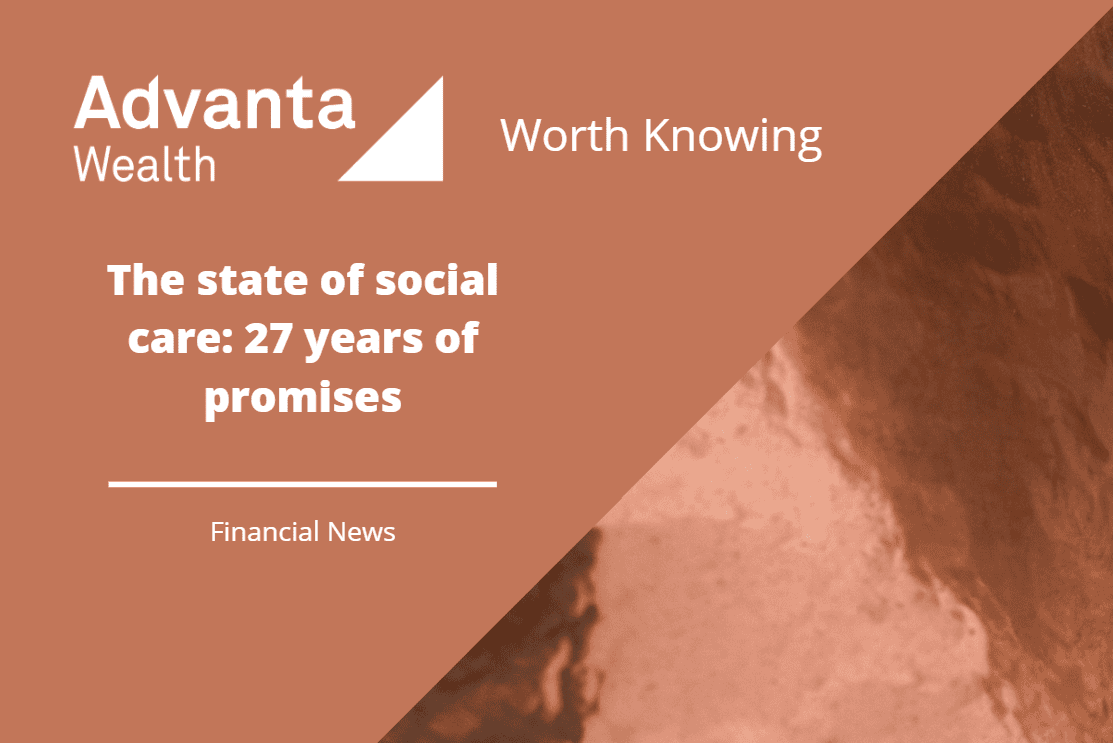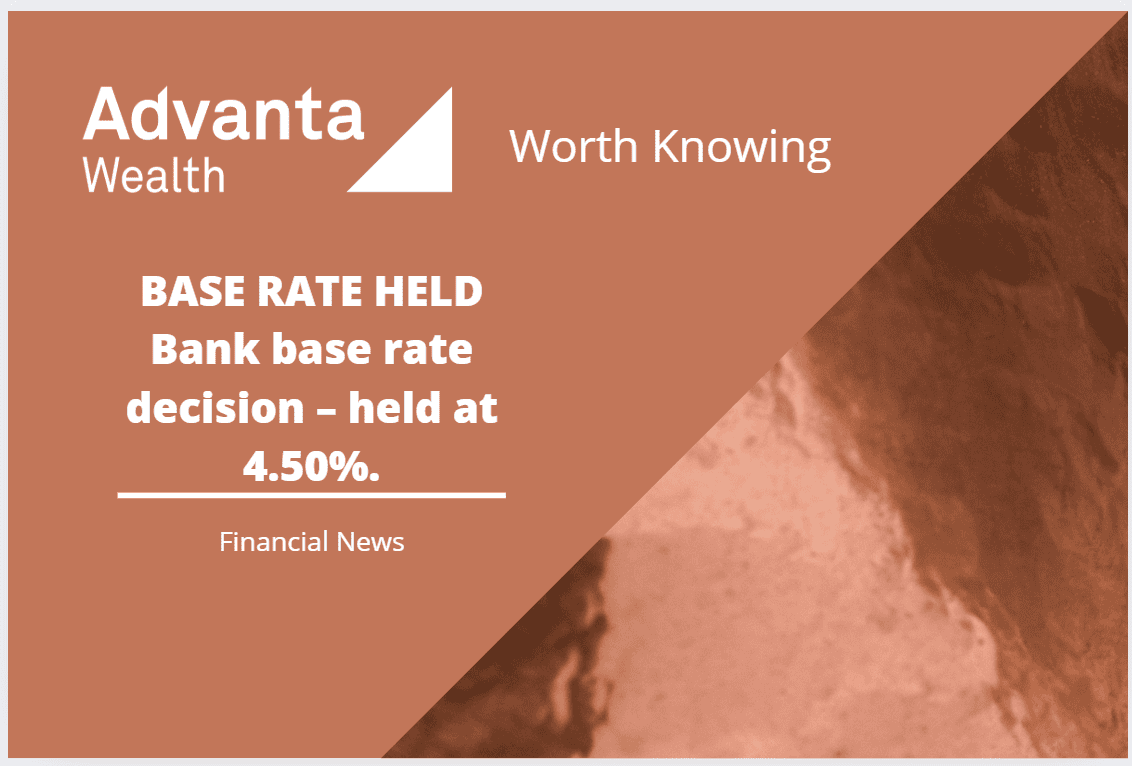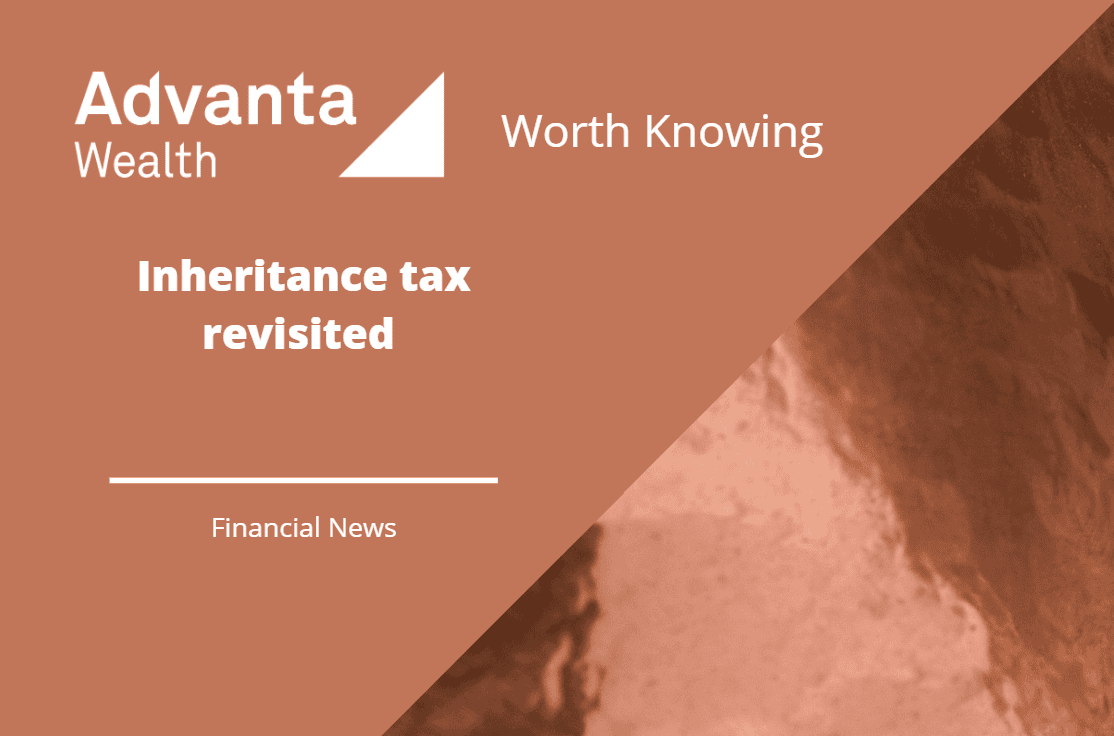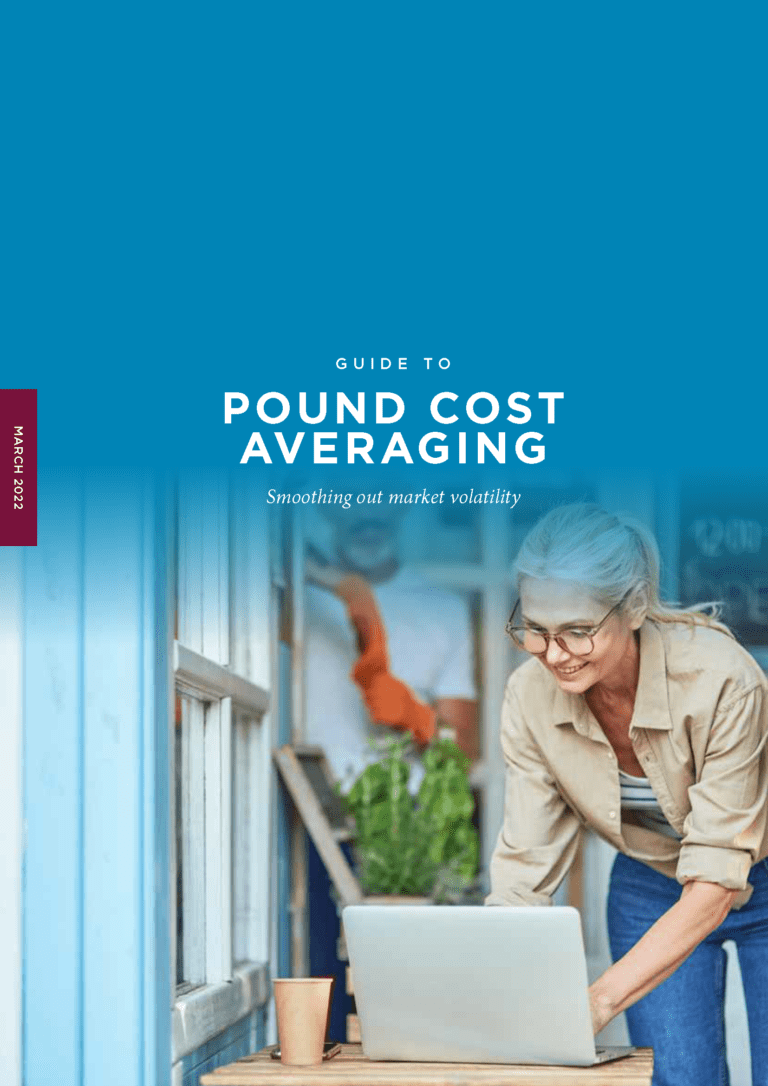Key financial changes that have affected millions of people from April
Most taxpayers started to see their tax bills increase from April 2022. As we move into the new 2022/23 tax year, now is the time to review your tax affairs to ensure that you have taken advantage of all reliefs available and have considered some planning opportunities to help reduce your tax liabilities.
Here’s what changed at the beginning of the 2022/23 tax year, and what you need to be aware of.
National Insurance increase
From 6 April, National Insurance increased by 1.25%. That’s an increased cost of £255 for those earning £30,000, or £505 for those earning £50,000. The National Insurance threshold increased to £9,880 per year, meaning you don’t pay National Insurance if you earn below that level. This means you pay National Insurance at a rate of 13.25% on earnings between £9,880 and £50,270 per year, and 3.25% on earnings above £50,270 a year.
In July 2022, the National Insurance threshold will increase again so that you only start paying National Insurance on earnings above £12,570. This means the threshold will align with the personal allowance. You will pay National Insurance at a rate of 13.25% on earnings between £12,570 and £50,270 per year, and 3.25% on earnings above £50,270 a year.
There’s been a similar rise for employers’ National Insurance. One way to help to mitigate it is to consider salary sacrifice schemes for pensions and other benefits, which allow you to take some of your benefits before your salary is paid, essentially avoiding National Insurance on these items.
State Pension
State Pension payments increased by 3.1% to align with inflation in the year to September 2021.
The full new State Pension increased to £185.15 a week. Full basic State Pension payouts rise to £141.85 a week.
Rise in dividend tax rates
The dividend tax rates vary depending on your income. Dividend tax is payable on earnings from dividends above £2,000 a year. If you are a self-employed director of a company and pay yourself with a combination of tax and dividends, this will affect you too.
If you have shares outside of an Individual Savings Account (ISA) or pension, you may end up paying more tax on the income from them. From April 2022, the dividend tax rates increased by 1.25%. This means the dividend tax rates are 8.75% for basic rate taxpayers; 33.75% for higher rate taxpayers; and 39.35% for additional rate taxpayers.
National Living Wage increase
For those on lower incomes, and their employers, an increase in the National Living Wage of 6.6%. The living wage for workers over 23 increased to £9.50 an hour, while for under-18s and apprentices it is £4.81, £6.83 for 18-20-year-olds and £9.18 for 20-21-year-olds.
Frozen thresholds
The Chancellor often uses a new tax year to update the thresholds for basic rate tax, higher rate tax, stamp duty and other taxes in line with inflation. This year, nearly all will be frozen, meaning that most of us are worse off in real terms.
The personal allowance (the amount most of us can earn without paying tax) remains at £12,570, and the threshold for paying higher rate tax remains at £50,271. From earnings of £100,000, the personal allowance begins to be withdrawn, and the additional rate threshold remains at £150,000.
Freezing thresholds contributes to something called ‘fiscal drag’, which means that, as wages rise, more people are subject to higher rate tax because the threshold doesn’t keep pace with the rises.
Higher Council Tax
Councils were permitted to raise your tax rates by up to 3% from April, with prices up by a quarter in the past decade. Those in bands D and above receive a £150 tax rebate, aimed at dealing with higher energy prices, while those in bands E and below will have no recourse to this.
Child Benefit
Child Benefit payments increased in line with inflation of 3.1% in line with other benefits. This means that parents will be able to receive £21.80 a week for their eldest or only child and £14.45 a week for any additional children. This works out at £1,133.60 a year for one child, and £751.40 a year for subsequent children.
If one parent in your household earns more than £50,000, they have to start paying the Child Benefit back through their tax return. Once they earn more than £60,000 they have to pay all the Child Benefit back.
Higher energy prices
Although the change in the energy cap is not pegged to the tax year, for most of us our energy bills will go up at roughly the same time. Unless you are on a fixed rate for energy, the capped amount your provider can charge for energy increased by 54% from 1 April.
Content of the articles featured in this publication is for your general information and use only and is not intended to address your particular requirements or constitute a full and authoritative statement of the law. They should not be relied upon in their entirety and shall not be deemed to be, or constitute advice. Although endeavours have been made to provide accurate and timely information, there can be no guarantee that such information is accurate as of the date it is received or that it will continue to be accurate in the future. No individual or company should act upon such information without receiving appropriate professional advice after a thorough examination of their particular situation. We cannot accept responsibility for any loss as a result of acts or omissions taken in respect of any articles. For more information please visit www.goldminemedia.co.uk







